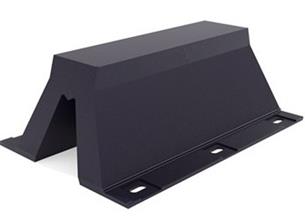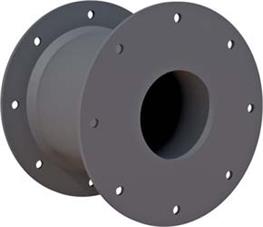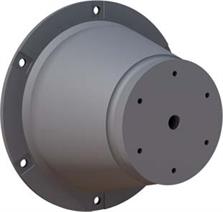Mooring Rope Category
Dyneema®
Dyneema® is an UHMWPE (Ultra High Molecular Weight Polyethylene) fibre developed by DSM in the Netherlands over 20 years ago. For weight basis, it is 15 times stronger than steel wire. For strength, it is 8 times lighter than steel wire. It also has a Specific Gravity of 0.97 which means it floats in water. Dyneema® is hydrophobic and does not absorb water, meaning it remains light when working in wet conditions and is there also more durable. It is also chemically inert, and performs well in dry, wet, salty and humid conditions, as well as other situations where chemicals are present. It has very good resistance to photo degradation, maintaining its performance when exposed to UV light.
Polyester
Also known as Terylene or Dacron, polyester is the stuff from which most “ordinary” rope and line are made of. It is resistant to rot and ultra-violet (UV) sinks in water. It is relatively strong rope which retains its strength whether wet or dry, and has low stretch properties. Polyester ropes are easy to handle, they have good abrasion resistance and handle most weather conditions.
Polypropylene
Slightly more stretchy than polyester, polypropylene floats in water, and will over time degrade under UV. It is an economical fibre that absorbs no water, floats and does not shrink when wet. This fibre is susceptible to the elements; it has a low abrasion resistance due to its low melting point.
Nylon
Nylon is very stretchy, and so used for anchor ropes and towing lines. Its stretchiness makes it very good at storing energy, but if it breaks that energy is released extremely quickly. It is a great fibre for applications which require stretch and energy absorption. Nylon ropes will lose 10% to 15% of their strength when wet. Nylon handles the elements well and has good abrasion resistance.
Aramid
Aramid can include Spectra, Technora, and Kevlar. Aramid fibre ropes are extremely strong and have very little stretch. It requires a protective coating, as they are neither UV nor abrasion resistant in their raw state.
Hemp, Sisal, Coir, Manila
Natural fibre ropes used to be the choice of impoverished sailors, but so little is made that it is now more expensive. It is hard, therefore, to justify its use except for decorative purposes or for fenders where coir is still useful.
Dyneema® is an UHMWPE (Ultra High Molecular Weight Polyethylene) fibre developed by DSM in the Netherlands over 20 years ago. For weight basis, it is 15 times stronger than steel wire. For strength, it is 8 times lighter than steel wire. It also has a Specific Gravity of 0.97 which means it floats in water. Dyneema® is hydrophobic and does not absorb water, meaning it remains light when working in wet conditions and is there also more durable. It is also chemically inert, and performs well in dry, wet, salty and humid conditions, as well as other situations where chemicals are present. It has very good resistance to photo degradation, maintaining its performance when exposed to UV light.
Polyester
Also known as Terylene or Dacron, polyester is the stuff from which most “ordinary” rope and line are made of. It is resistant to rot and ultra-violet (UV) sinks in water. It is relatively strong rope which retains its strength whether wet or dry, and has low stretch properties. Polyester ropes are easy to handle, they have good abrasion resistance and handle most weather conditions.
Polypropylene
Slightly more stretchy than polyester, polypropylene floats in water, and will over time degrade under UV. It is an economical fibre that absorbs no water, floats and does not shrink when wet. This fibre is susceptible to the elements; it has a low abrasion resistance due to its low melting point.
Nylon
Nylon is very stretchy, and so used for anchor ropes and towing lines. Its stretchiness makes it very good at storing energy, but if it breaks that energy is released extremely quickly. It is a great fibre for applications which require stretch and energy absorption. Nylon ropes will lose 10% to 15% of their strength when wet. Nylon handles the elements well and has good abrasion resistance.
Aramid
Aramid can include Spectra, Technora, and Kevlar. Aramid fibre ropes are extremely strong and have very little stretch. It requires a protective coating, as they are neither UV nor abrasion resistant in their raw state.
Hemp, Sisal, Coir, Manila
Natural fibre ropes used to be the choice of impoverished sailors, but so little is made that it is now more expensive. It is hard, therefore, to justify its use except for decorative purposes or for fenders where coir is still useful.
Product Categories
Contact Info
E-mail: info@dolphinmarines.com
Tel: 00852-29738324
Fax: 00852-21159613

 info@dolphinmarines.com
info@dolphinmarines.com

